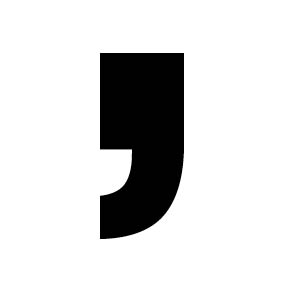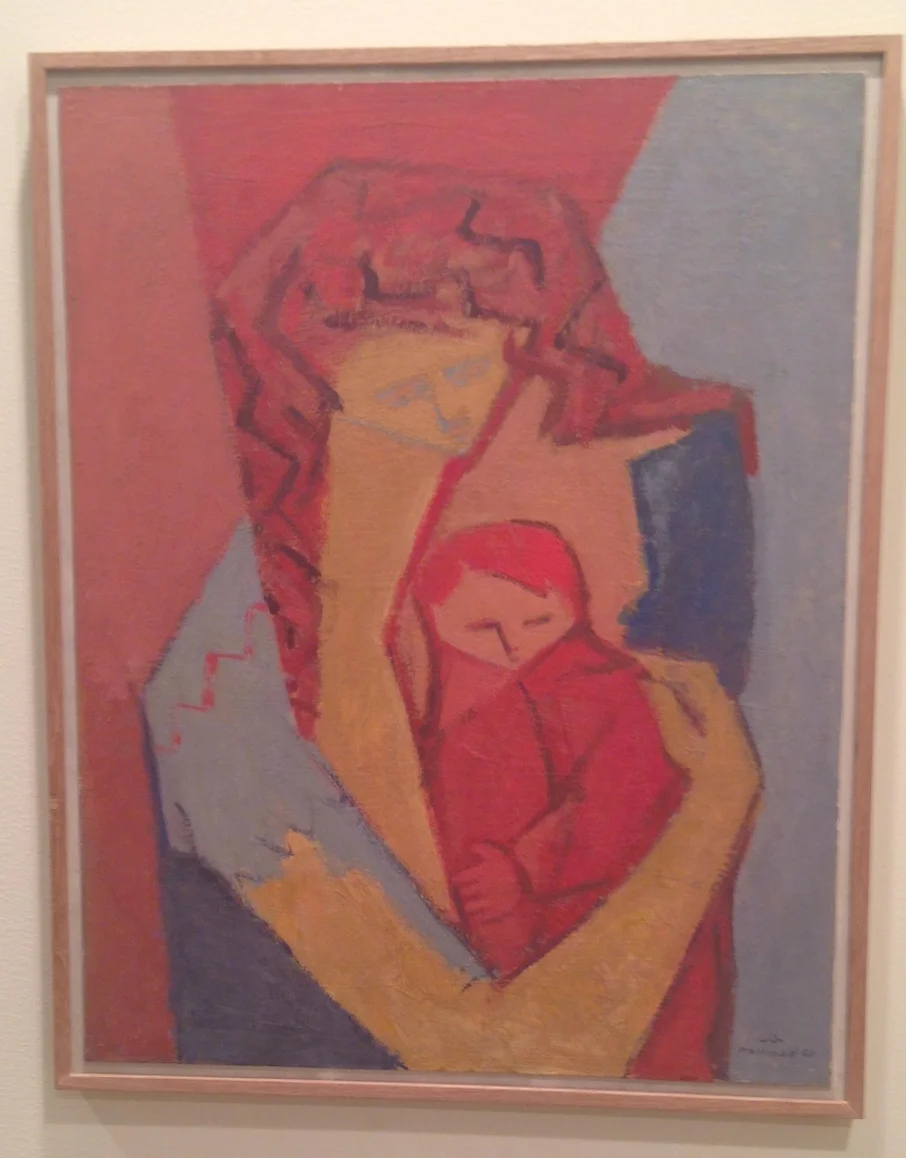Art Dubai 2015: Best solo artist booths
The ninth edition of Art Dubai opens today and I am happy to report that ‘the most global of art fairs’ lives up to its tagline: this year's programme includes work by more than 500 artists and 92 galleries hailing from more than 40 countries. More galleries than ever are presenting high-concept booths focused on just one or two names, allowing visitors to immerse themselves in the work of individual artists more fully than is usually possible at events as busy (and commercially driven) as this. Here are three galleries at whose booths I couldn’t help but linger.
Booth: A7
Gallery: MA2Gallery, Tokyo
Artist: Ken Matsubara
This blurry image does not do the serene, slightly creepy magnetism of this booth justice at all, but it is the only one I have. I spent quite some time there, but was apparently so taken by Matsubara's astute contemplations of memory and identity I completely forgot to take pictures!
Round Chair (64×30×30cm, 2013) by Ken Matsubara, who was present at the opening yesterday. Moments after I took this picture, another guest ran into the chair, spilling the water and breaking the glass. Matsubara calmly retrieved the chair (including in-built mini screen) and comforted the culprit: "Don't worry, I brought extra ones."
Booth: A28
Gallery: Carroll/fletcher, London
Artist: Rafael lozano-hemmer
Probably one of the busiest booths at the fair, London-based gallery Carroll/Fletcher are showing two interactive installations by Mexican-Canadian artist Rafael Lozano-Hemmer. Please Empty Your Pockets is a scanner-converyor belt, where the artist invites the public to place personal items such as wallets, phones, IDs or cash, which are recorded and added to object 'shared' by others. With a capacity to store and display scans of over 600,000 objects, Lozano-Hemmer has created an augmented reality machine, which encourages people to reflect on notions of absence, presence and representation.
The UAE first got to experience Lozano-Hemmer's work in January 2015, when his mammoth public art project Pulse Corniche lit up the Abu Dhabi sky during Abu Dhabi Art. For Art Dubai, Carroll/Fletcher presents Pulse Index (2010), an interactive installation that records participants' fingerprints and heart rates. Each person's vitals are added to a database of 10,925 participants and fingerprints are projected onto the walls immediately.
Booth: M12
Gallery: Green Gallery, dubai
Artist: Mahmoud hammad
My favourite booth in Art Dubai's Modern section, now in its second year, was Green Art Gallery's solo show of paintings by pioneering Syrian modernist Mahmoud Hammad (1923-1988). The booth focuses on lesser known works by the prolific painter, sculptor and printmaker, such as The Shepherds (1963, oil on canvas). Image courtesy of Art Dubai/Green Art Gallery.
Most of the works selected by Green Art Gallery have not been shown since the 1960s, including this one: Mother and Child (1961, oil on canvas).
The increase in solo-artist booths at the UAE's art fairs is a refreshing trend that breaks up the usual staccato of unrelated artworks. Commercial galleries engaging in public museum-like practices have long been the cornerstones of Dubai's art scene and it is great to see international visitors adopting this approach. It is certainly a strategy that helps galleries to stand out from the crowd, although whether it makes business sense is a different question.
This is my sixth time at Art Dubai and although much has changed since I first attended, back in 2009, when Dubai was in the throes of a financial meltdown, one thing remains constant: Art Dubai works ceaselessly and earnestly towards establishing itself as the leading non-western art hub, always careful to strike that sensitive balance between artistic freedom and local sensitivities; between attracting global players and developing the local scene.
Although I would not go as far as The Guardian’s Jonathan Jones, who described art Dubai as ‘the world’s most important and radical art fair’, the range, quality and audacity of much of the work on show are a testament to the fair’s role as a nexus between different cultures and hemispheres, and as a vital platform from which new or forgotten artists from the Middle East and Africa may capture the art world's attention.







